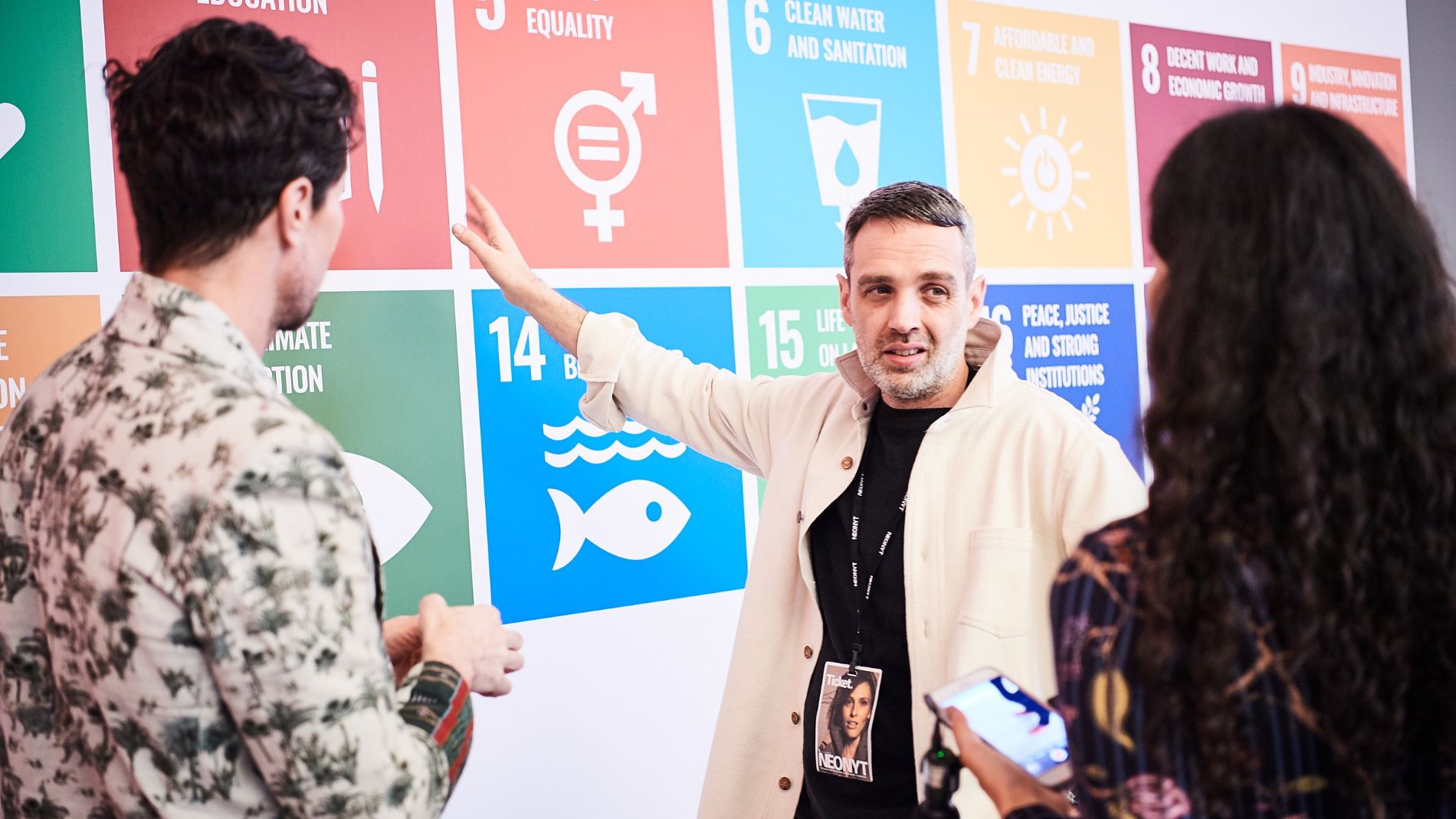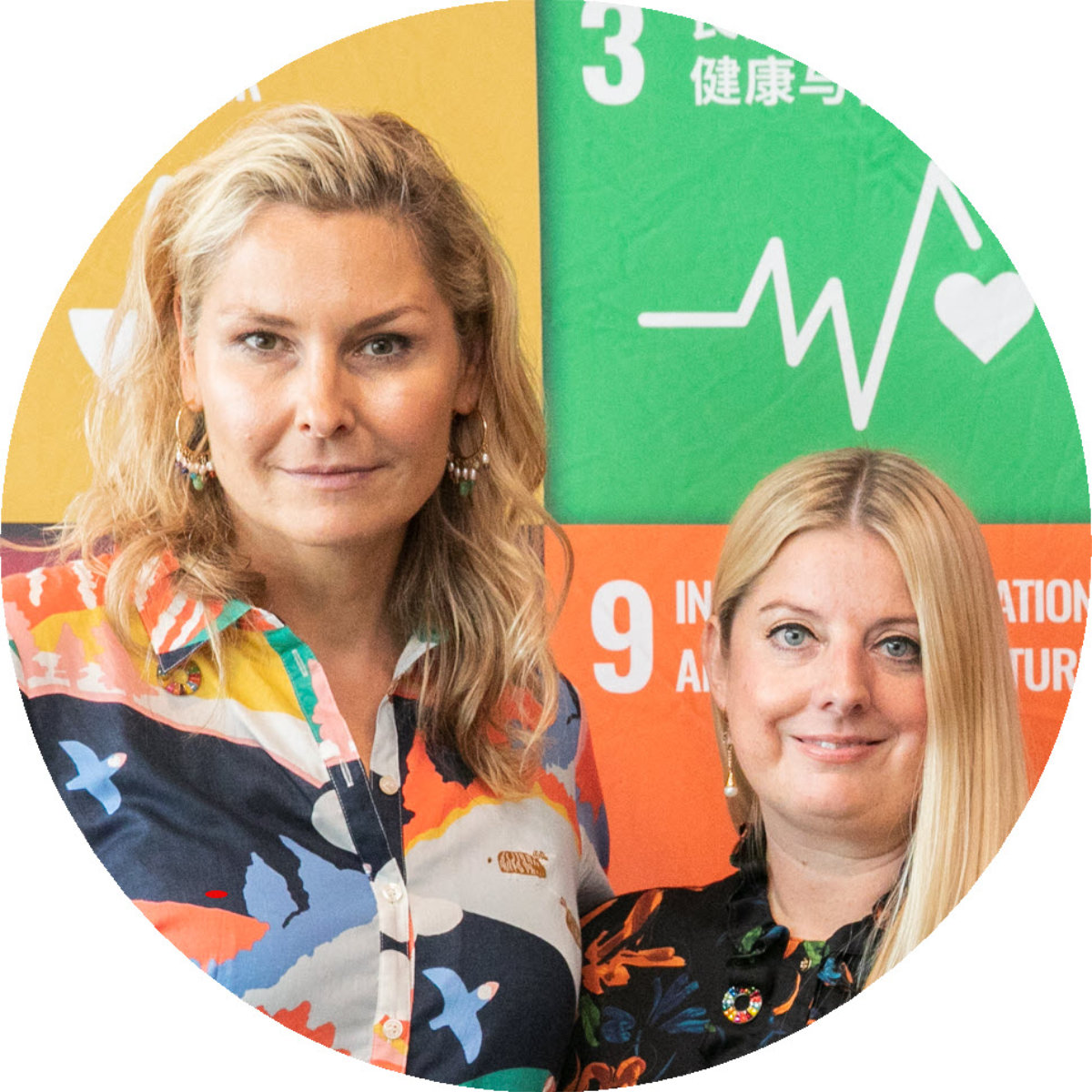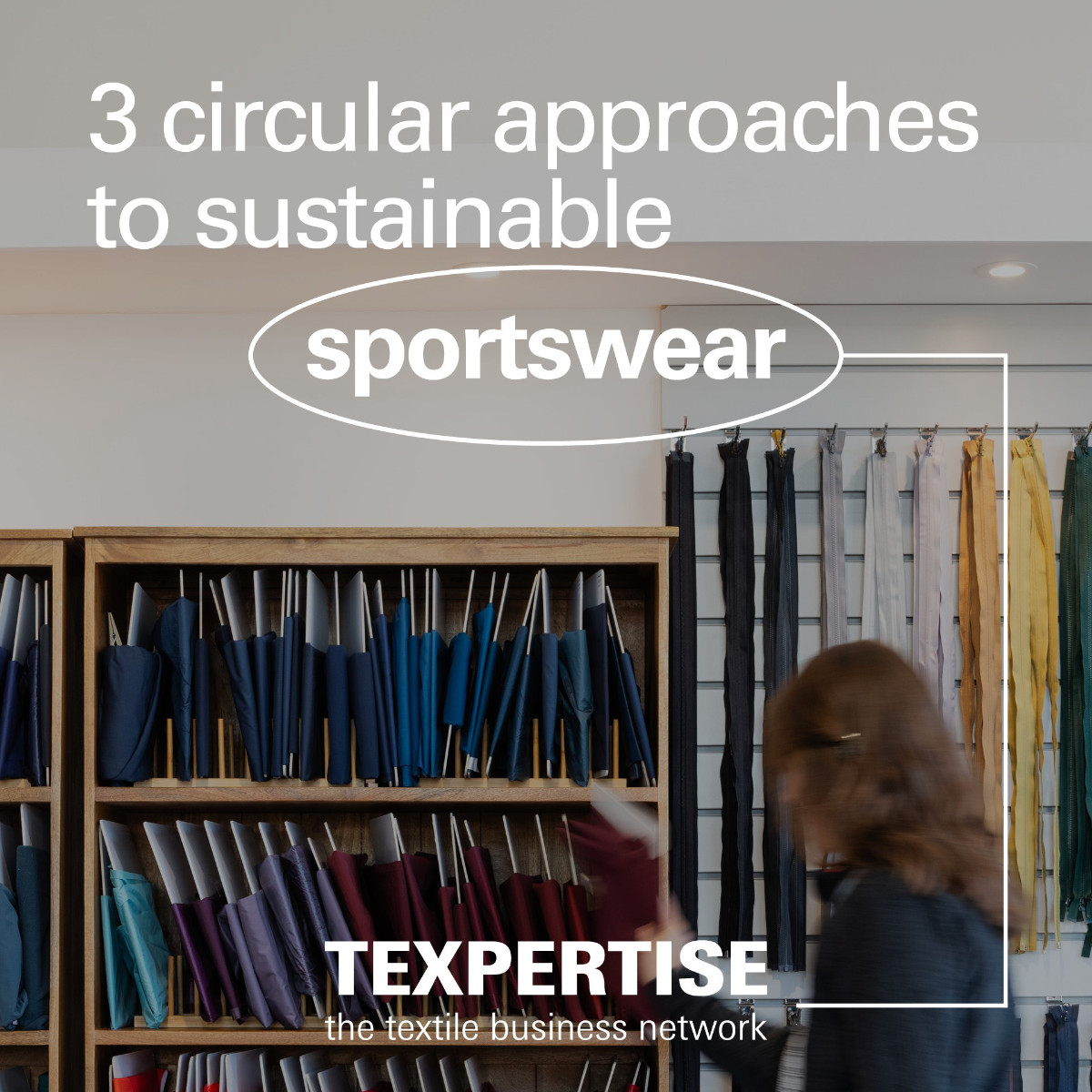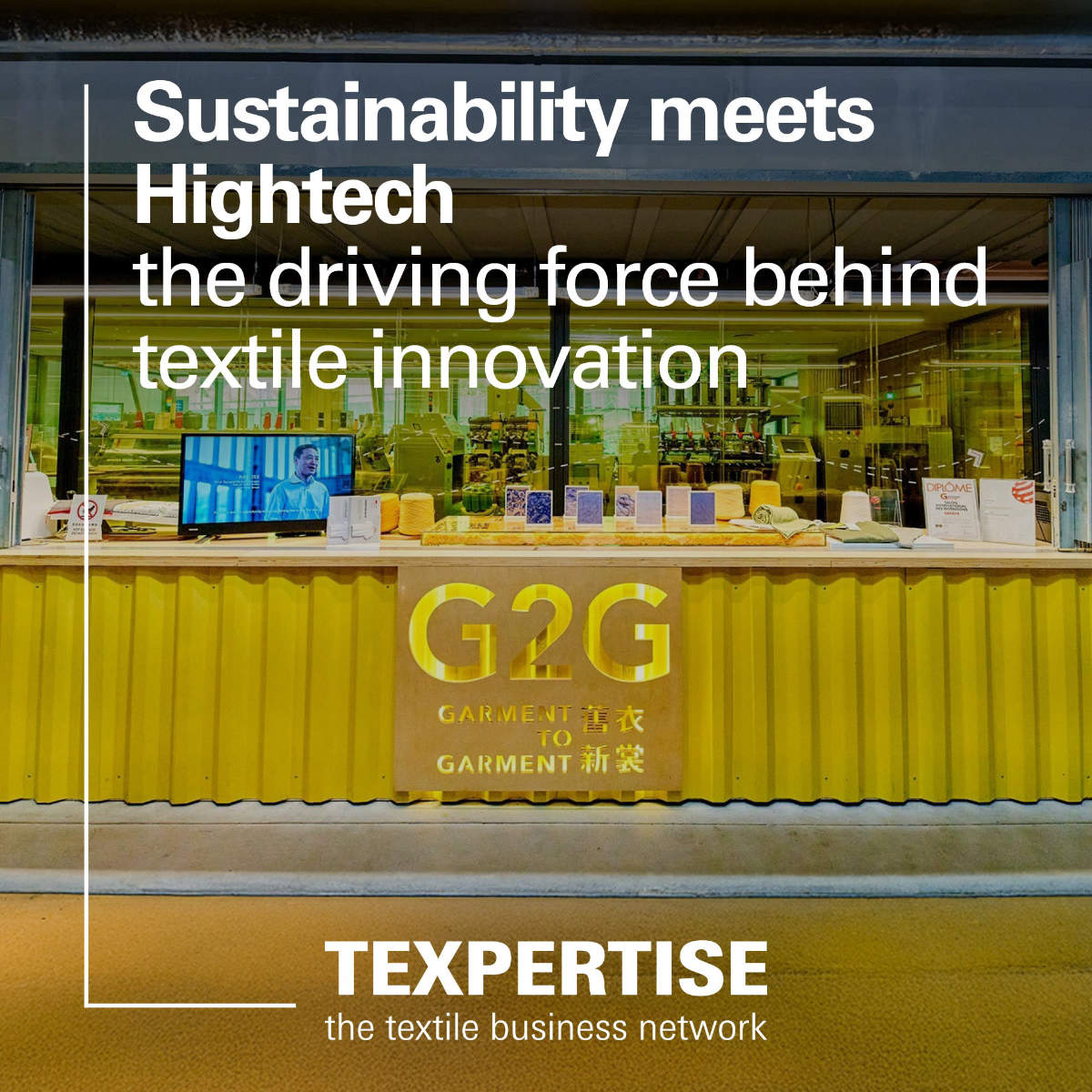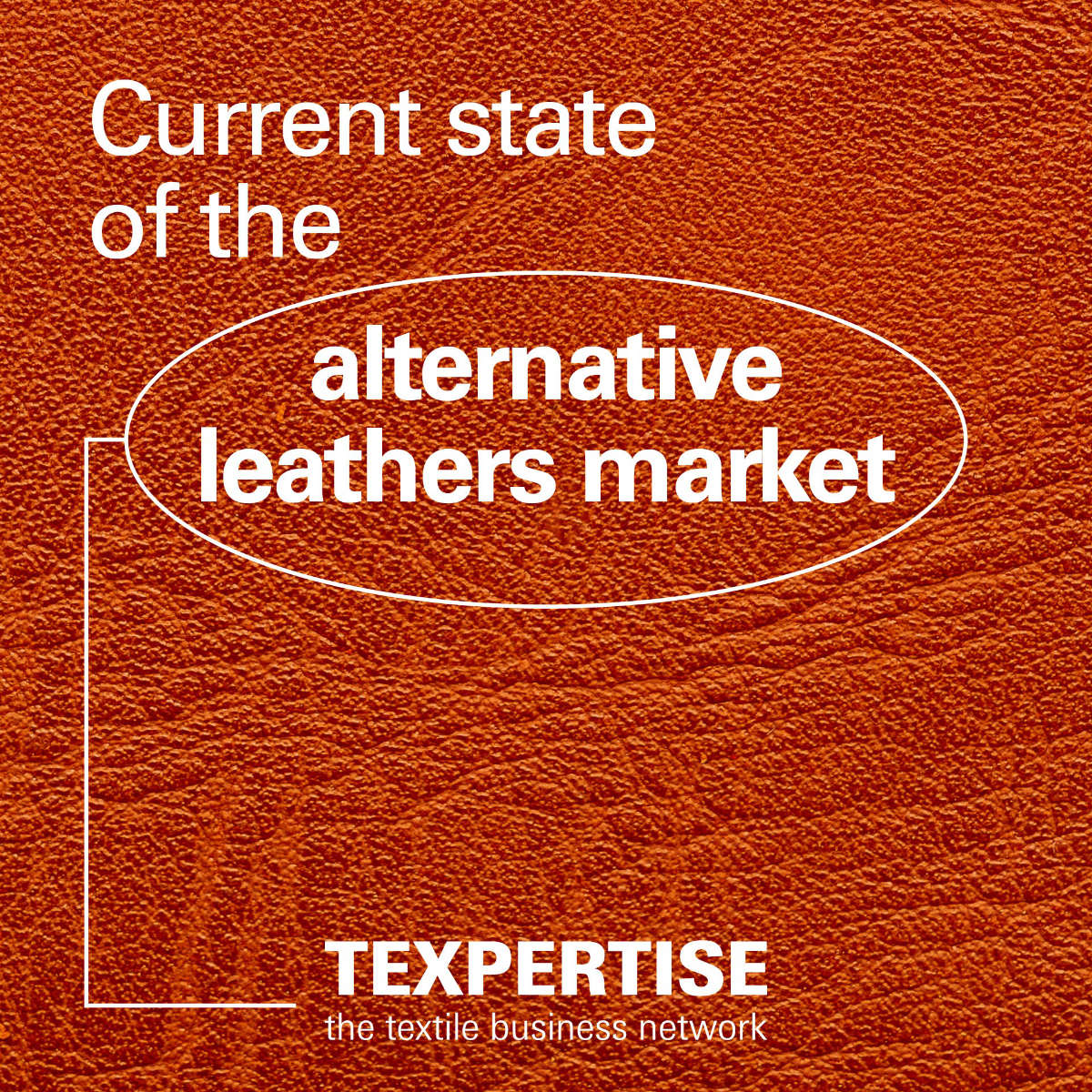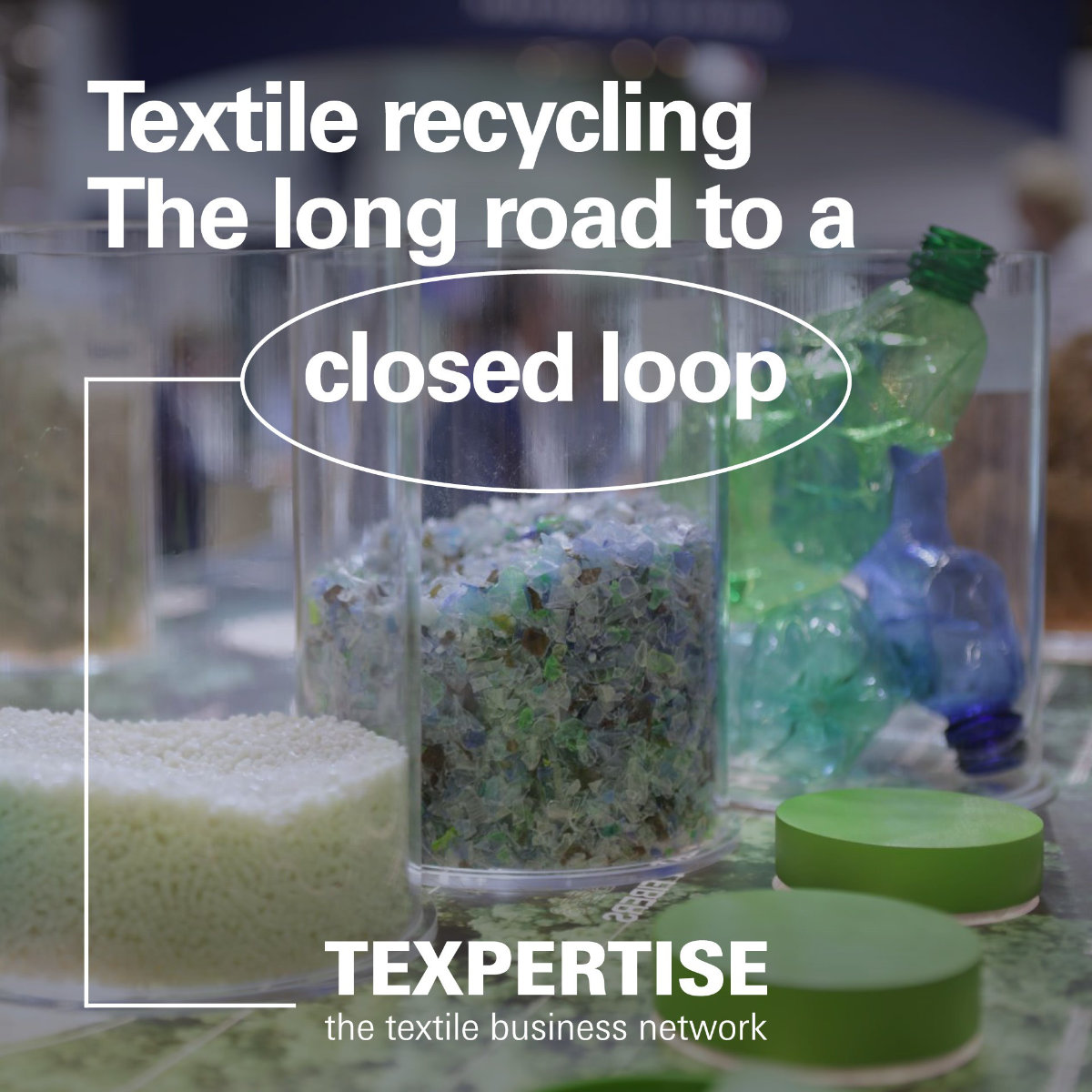Reading time: 3 minutes
17 goals for a more sustainable world
It was a milestone for the global sustainability agenda: in 2015, all 193 member states of the United Nations adopted the 17 Sustainable Development Goals, or SDGs for short. They are based on a holistic approach summarised by the five overarching goals of the 2030 Agenda: People, Planet, Prosperity, Peace and Partnership.
Ever since then, the SDGs have served as a global compass for businesses, countries and institutions in their efforts to strengthen environmental protection, fight poverty, create decent working conditions and ensure prosperity for all by 2030.
The SDGs as a competitive advantage
The SDGs are of course not legally binding. However, as a unified orientation framework with internationally recognised goals, they enable individual sustainability and social efforts to be compared across national borders. For companies in the globally intertwined textile and fashion industry, the SDGs are a valuable comparative tool for measuring their progress in environmental and social standards at the global level. While some large textile companies now produce their own SDG reports in which they document their sustainability activities, the Goals also function as a practical guide for small and medium-sized enterprises. Not only can these companies use the SDGs to systematically integrate environmental and social goals into their business strategy, but they can also develop new, sustainable business models and tap into competitive advantages this way. Due to their diversified supply chains, textile companies face unique challenges when implementing the SDGs. However, the SDGs can also function as strategic leverage for textile sustainability innovations, such as developing sustainable materials, establishing new recycling and circular processes or creating better working conditions.
New role through regulation
As requirements for circularity and sustainability become stricter and more extensive, the role of the SDGs is actually changing. With EU directives such as the Corporate Sustainability Reporting Directive (CSRD), for example, mandatory reporting obligations that go beyond voluntary obligations are being prioritised. The CSRD, which has been introduced gradually since 2024, will initially only affect companies that meet specific criteria from 2025 onwards, such as more than 250 employees and more than 40 million euros in revenue. However, although small and medium-sized textile companies are not (yet) directly affected by the new reporting obligations, they will still need to supply an increasing amount of sustainability data and evidence as suppliers to companies that are subject to the mandatory reporting obligations. In addition, the textile industry is increasingly coming under the spotlight as a high-risk industry thanks to the German Supply Chain Act (LkSG) introduced in 2023 and the planned EU Corporate Sustainability Due Diligence Directive (CSDDD). Despite this increasing regulation, the SDGs will still play an important role in the textile industry as a compass for the globally consistent implementation of textile-related sustainability activities.
Key learnings
- Global orientation towards the SDGs The 17 Sustainable Development Goals (SDGs), which were adopted in 2015, are intended to serve both countries and companies as a global compass for environmental protection, the fight against poverty and decent working conditions until 2030.
- Competitive advantages through sustainability Companies, particularly those in the textile industry, can use the SDGs to integrate environmental and social goals into their own business strategies.
SDGs in the home textile industry
All over the world encouraging examples can be found of how the principle of individual responsibility and voluntary action can function in implementing the Sustainable Development Goals (SDGs) in the home-textile industry.
And yet it moves!
Commitment and transparency for a better future
